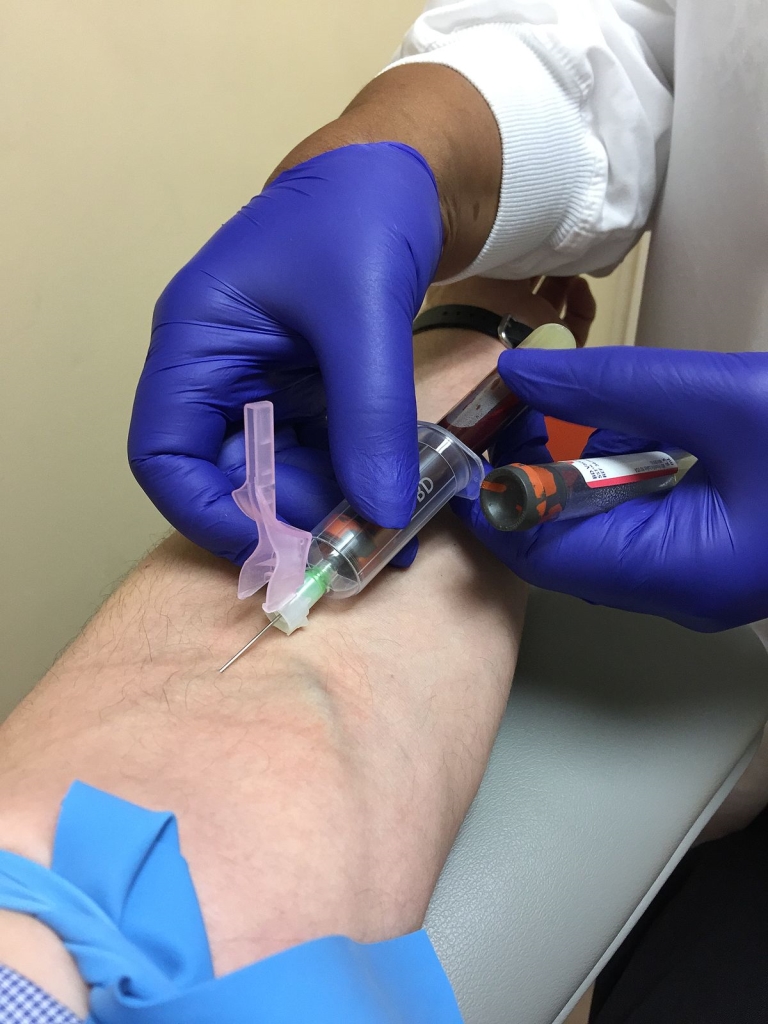Elevate Your Career: Essential Continuing Education Tips for Phlebotomists in 2024
As a phlebotomist, staying ahead in your profession requires ongoing education and skill enhancement. The healthcare landscape is constantly evolving, with new technologies, regulations, and best practices emerging every year.In 2024, investing in your professional growth isn’t just a smart move-it’s a necessity to advance your career and provide the best care to your patients. This comprehensive guide offers essential continuing education tips for phlebotomists to thrive in 2024 and beyond.
Why Continuing Education Is Crucial for Phlebotomists
Continuing education (CE) keeps phlebotomists updated with current industry standards, safety protocols, and technological advancements. It benefits your career by:
- Enhancing Skills: Keep your technique sharp and learn new procedures.
- Meeting Certification Requirements: Many certifying bodies mandate ongoing CE for renewal.
- Increasing Job Opportunities: Stay competitive in a growing healthcare field.
- Improving Patient Care: Knowledgeable phlebotomists provide safer, more efficient service.
Top Continuing Education Tips for Phlebotomists in 2024
1. Stay Informed with Industry Trends
Follow reputable healthcare news sources, professional associations, and industry blogs. Being aware of trends such as new blood collection technologies or infection control updates allows you to adapt quickly. Regularly reading articles, attending webinars, and participating in online forums keeps you at the forefront of the industry.
2. Enroll in Accredited Courses and Certification Programs
Choose reputable providers offering accredited courses aligned with current standards.These programs often include:
- Blood draw techniques and safety protocols
- Infection control and PPE usage
- Phlebotomy procedures in specialized settings (e.g., pediatric, geriatric)
completing accredited CE courses ensures your certifications remain valid and enhances your professional credibility.
3. Attend Workshops and Hands-On Training
Practical experience remains vital for phlebotomists. Look for workshops, community college classes, or hospital training sessions. Hands-on training improves your confidence and accuracy, especially in complex cases or new testing procedures.
4. Join Professional Associations
| Association | Benefits | membership Cost |
|---|---|---|
| American Society for Clinical Laboratory Science (ASCLS) | Access to CE courses, networking, industry updates | Low annual fee |
| National Phlebotomy Association (NPA) | Certification renewal, exclusive training opportunities | Moderate annual dues |
| Phlebotomy Leadership Council | Leadership training, advanced certifications | Varies |
5.utilize Online Learning Resources
Online platforms like Coursera, edX, and industry-specific websites offer flexible CE options. Look for courses that cover:
- Laboratory safety protocols
- New collection devices and techniques
- Healthcare compliance updates
Online learning allows you to balance professional development with your busy schedule.
6. Keep Up with regulatory Changes
Stay informed about updates from bodies like CLIA or OSHA. Changes in regulations can impact your practice and certifications. regular review of official guidelines helps ensure compliance and safety.
Benefits and Practical Tips for Continuing Education
Benefits of Staying Current in Phlebotomy
- Improved Patient Outcomes: Better blood collection techniques reduce discomfort and errors.
- Career Advancement: Certifications and specialized skills open doors to supervisory or training roles.
- Job Security: Employers value ongoing professional development.
Practical Tips to Maximize Continuing Education Success
- Create a Learning schedule: Dedicate specific times weekly for CE activities.
- Set Goals: Define clear objectives, such as mastering a new technique or earning a certain certification.
- Track Your Progress: Maintain a portfolio of completed courses and certifications.
- Combine Learning Modes: Mix webinars, workshops, reading, and hands-on practice for better retention.
- Network with Peers: share experiences, tips, and stay motivated through professional relationships.
Case Studies: Real-Life Impact of Continuing Education
Case Study 1: Streamlining Blood Collection in a Busy Clinic
Jane, a licensed phlebotomist, engaged in advanced courses on vein selection and patient comfort techniques. After implementing her new knowledge, her clinic saw a 20% reduction in failed draws and increased patient satisfaction scores. Continuous education directly improved her performance and patient outcomes.
Case Study 2: Career Transition to Phlebotomy Supervisor
Michael pursued leadership and management CE courses.With his enhanced skills, he moved from the phlebotomy technician role to supervise the department. His ongoing education opened new professional avenues and increased his earning potential.
First-Hand Experience: Personal Insights from a Certified Phlebotomist
As a seasoned phlebotomist, I found that dedicating time to CE was invaluable.attending workshops on new blood collection devices helped me reduce patient discomfort and improve my confidence. Additionally,joining professional groups provided support and ongoing motivation. Investing in continuous learning not only boosted my technical skills but also played a crucial role in my career growth.
Conclusion
In 2024, the importance of ongoing education for phlebotomists cannot be overstated. The evolving healthcare environment demands that professionals stay current with new practices, regulations, and technologies. By following these essential tips-such as participating in accredited courses, joining professional associations, leveraging online resources, and actively updating your skills-you can elevate your career, improve patient care, and open doors to new professional opportunities. Remember, continuous learning is a journey that benefits not just your career but also the lives of your patients. Embrace it wholeheartedly and make 2024 your year of professional growth!
